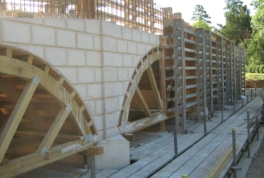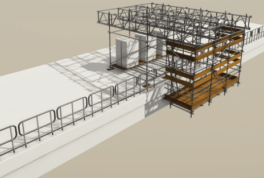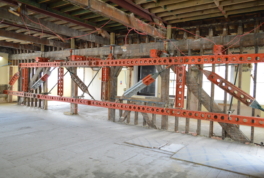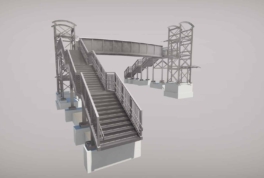Preliminary & Proof Tie testing for scaffolds
Preliminary & Proof Tie testing for scaffolds
Preliminary tie testing should be done prior to the construction works of any scaffold and should be carried out away from the area where the scaffold is to be erected, to prevent stress on the façade where the scaffold is to be positioned.
A preliminary test load has different rules based on the type of Tie, so it’s quite important to know the type of Tie being used so that an accurate design can be provided. Below are some quotations and explanations of what a Preliminary test should be:
“5 tests should be carried out in each different base material of the project. They should be carried out on sample anchors in the same base material but away from areas which will be used and must not be used in the job – TG4-11 6.1”
Now at this stage, the TG4:11 specifies that if these 5 tests pull without slipping for a working load of 2 x a mechanical (Non-Nylon) tie, then it is fine and no further consideration must be taken (this must be 3 x if it’s a nylon-based tie). If the ties move or slip at this stage then the tie will fail so the following must be considered: –
For all except nylon anchors
• the average failure load** ÷ 3 or
• the lowest failure load** ÷ 2
For nylon anchors
• the average failure load** ÷ 5 or
• the lowest failure load** ÷ 3
So here it is clear that for Mechanical ties (Non-Nylon) you can consider either the average failure load divided by 3 for the maximum permissible tie load or the worst-case failure on the weakest test and divide this by 2. These numbers are higher, as above for Nylon.
From experience, it is likely that these tests will not be done or provided during the design phase and the likely scenario will be to provide a minimal preliminary test load of 2 x Tie load (3 x if Nylon) for the worst tie test position and then it is up to the scaffolding contractor to make sure these tests are done. The tie load information must be clearly stated to the scaffolding contractor for preliminary testing.
Proof testing is often misinterpreted as the overall tie test load for a scaffold but this is not the case. Proof testing is only a means to quality check the scaffold once in place. Proof testing must be carried out as specified in the TG4:11 document to a minimum of 3 ties or 5% of all ties (whichever is greater)
(Source: NASC TG4:11 Anchorage systems for scaffold)
Read more Technical Guidelines.








